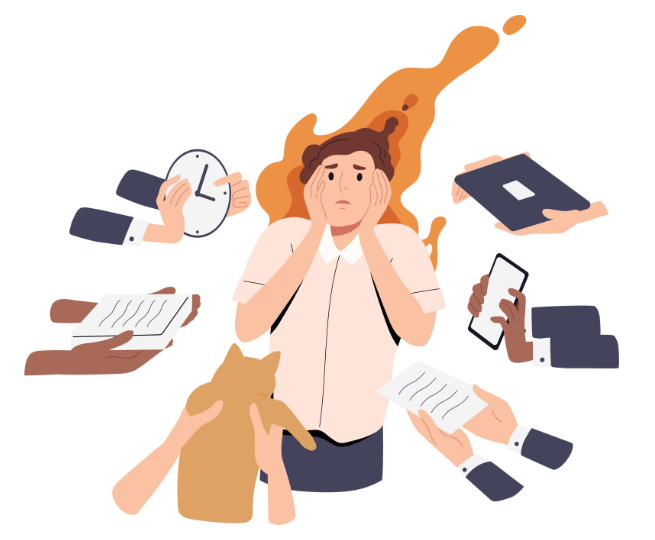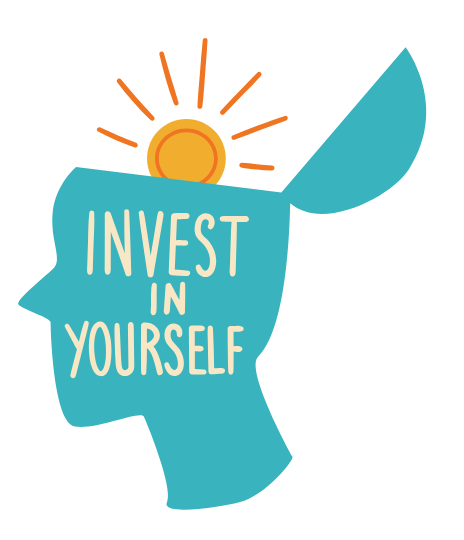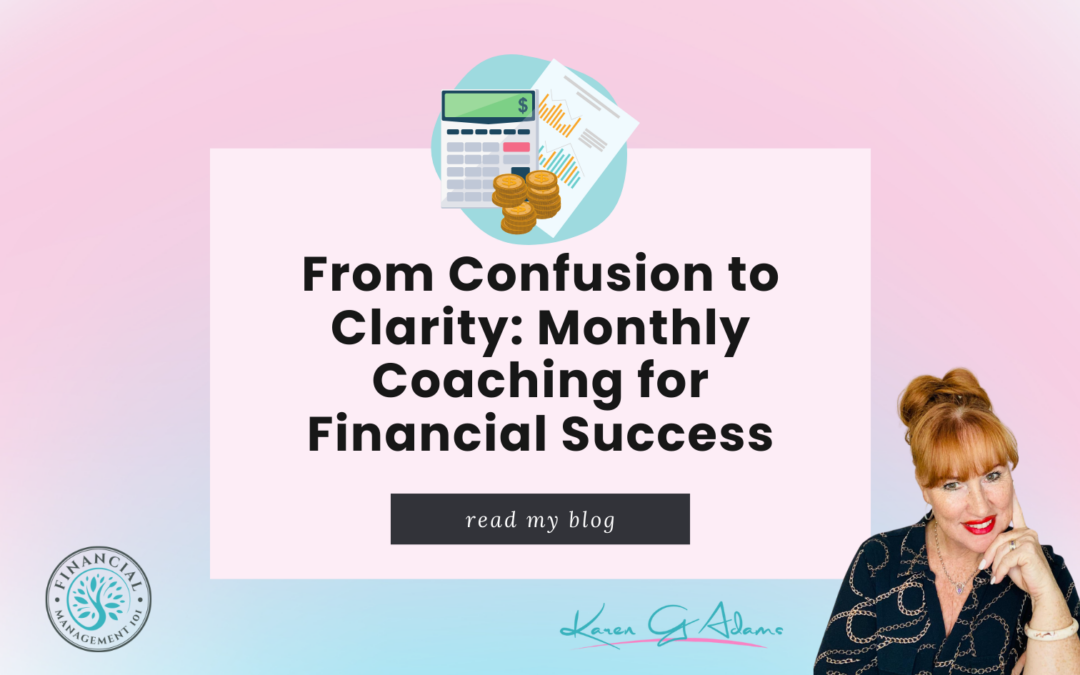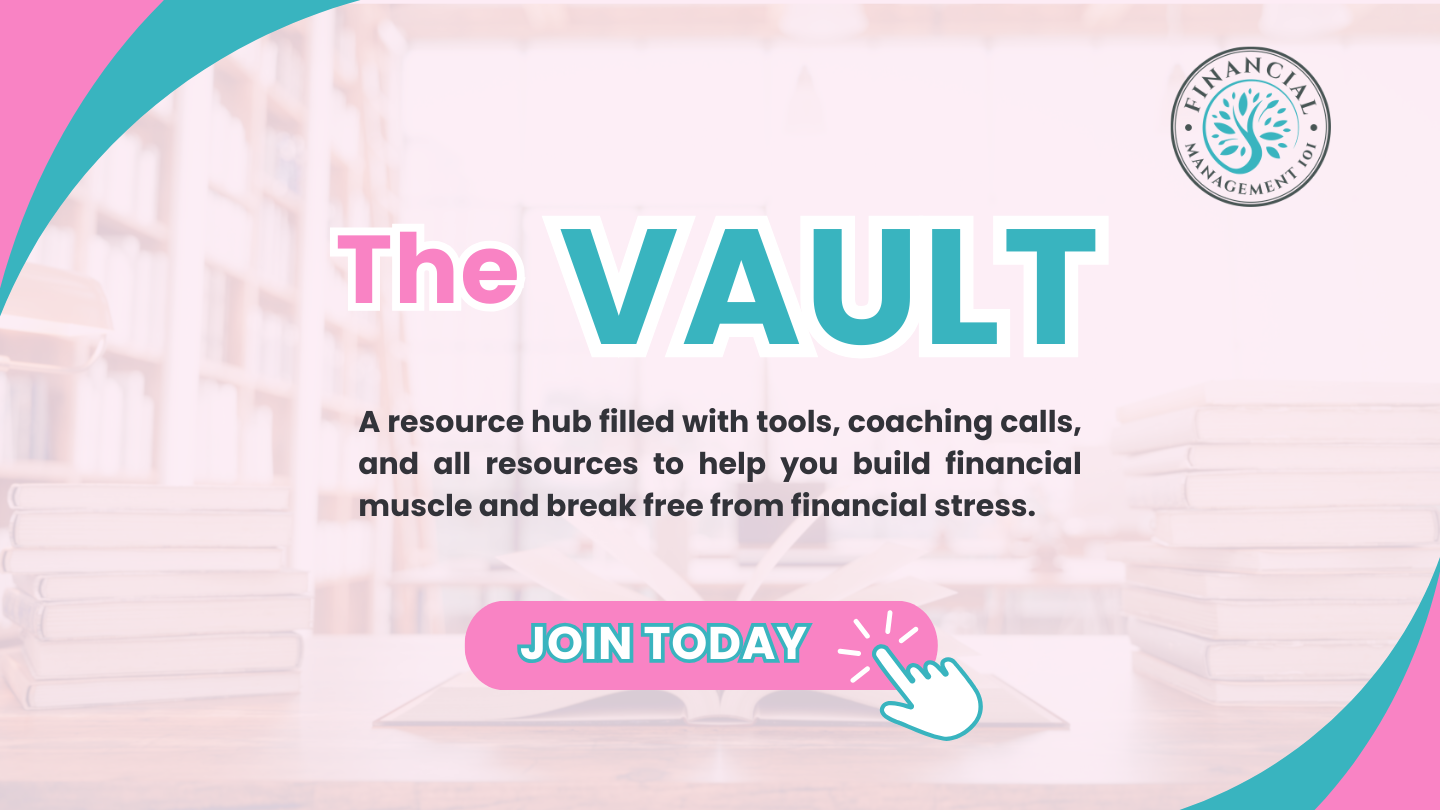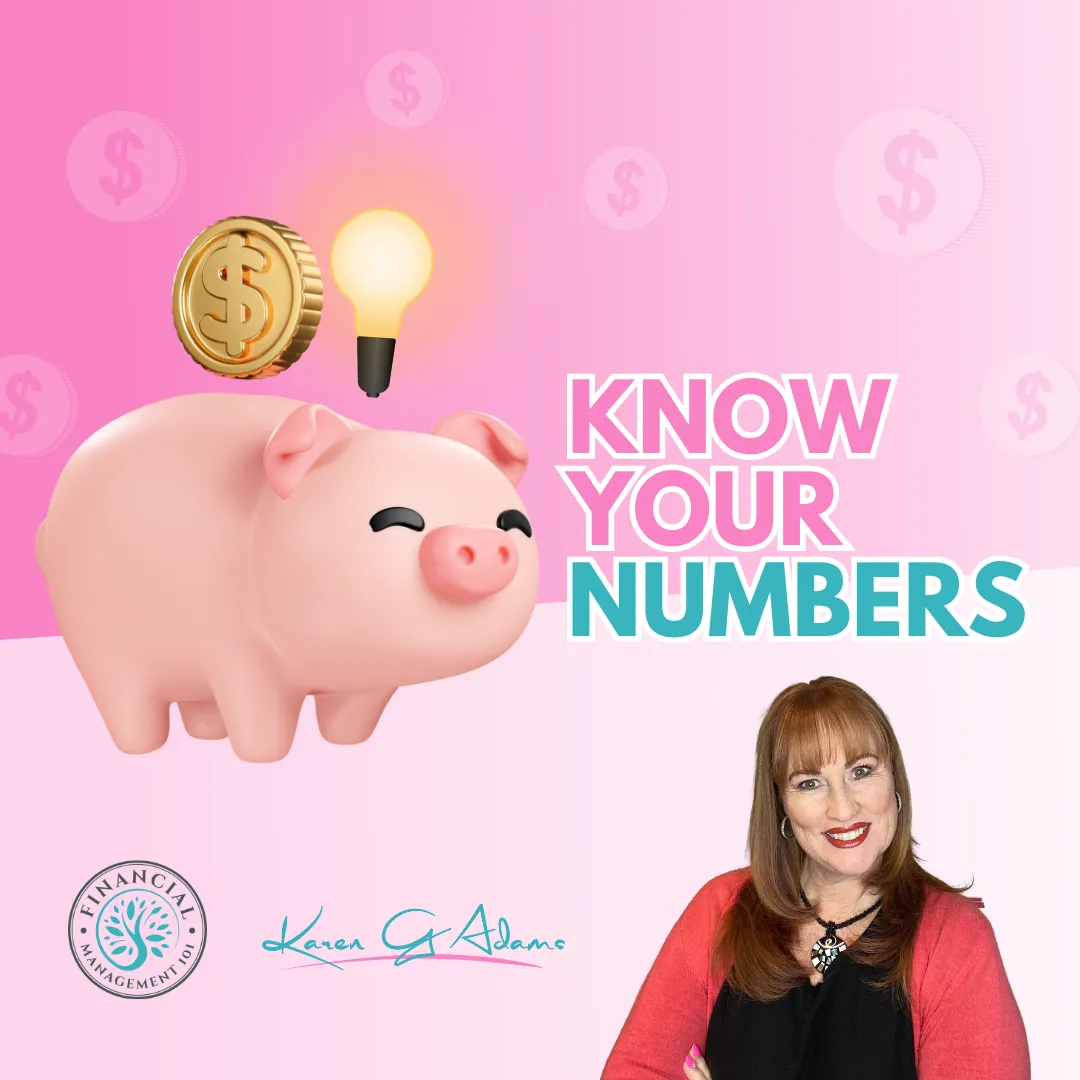
The Credit Score Secret: How to Leverage Your Credit for Wealth Building
When people hear the words “credit score,” they often think about debt, loans, and financial stress. But what if I told you that your credit score is actually a powerful wealth-building tool? Understanding and mastering your credit report can open doors to financial opportunities that most people never realise.
Why Your Credit Score Matters More Than You Think
Your credit score isn’t just a number – it’s a reflection of your financial health and trustworthiness. Lenders, landlords, and even employers look at your credit report to assess your reliability. A high credit score can:
- Help you secure loans with lower interest rates, saving you thousands of dollars.
- Give you access to premium credit cards with cash-back rewards and perks.
- Make it easier to rent a home or get approved for a mortgage.
- Provide business funding if you’re an entrepreneur.
Instead of fearing your credit score, it’s time to take control of it and use it to your advantage.
Step 1: Know Your Credit Score Inside and Out
The first step to mastering your credit is understanding where you currently stand. You can check your credit score for free through various financial apps, banks, or credit bureaus. But don’t stop at the score – review your full credit report.
Look for:
- Any errors or inaccuracies (they can be disputed and removed!).
- Late payments that might be dragging down your score.
- Your credit utilisation rate (how much credit you’re using versus your limit).
Knowledge is power, and knowing your score gives you the ability to improve it strategically.

Step 2: Boost Your Score with Smart Credit Habits
If your credit score isn’t where you want it to be, don’t worry! Small, consistent actions can significantly improve it. Here’s how:
- Pay on Time, Every Time – Your payment history makes up 35% of your score. Set up automatic payments to avoid late fees and missed payments.
- Lower Your Credit Utilisation – Keep your credit usage below 30% of your total limit. If your limit is $10,000, try not to carry a balance over $3,000.
- Ask for a Credit Limit Increase – Increasing your credit limit while maintaining the same balance instantly lowers your utilization rate, which can boost your score.
- Keep Old Accounts Open – The length of your credit history matters. Don’t close old credit cards unless absolutely necessary.
- Diversify Your Credit Mix – A mix of credit cards, installment loans, and retail accounts can help improve your score over time.
Step 3: Leverage Credit to Build Wealth
Once your credit score is in great shape, it’s time to use it strategically to grow your wealth. Here’s how:
- Invest in Real Estate – A strong credit score helps you qualify for better mortgage rates, reducing your borrowing costs and increasing your investment profits.
- Start or Expand a Business – Business credit cards and loans with low-interest rates can help you fund a profitable business venture.
- Maximise Credit Card Rewards – With the right credit cards, you can earn cash back, travel perks, and even free flights by simply using your credit wisely.
Step 4: Protect Your Credit Like Your Wealth Depends on It (Because It Does!)
A great credit score can take years to build but only moments to damage. Protect your credit by:
- Monitoring Your Credit Regularly – Set up alerts for any suspicious activity.
- Avoiding Unnecessary Hard Inquiries – Too many credit applications in a short time can lower your score.
- Being Wary of Co-Signing Loans – If the other person doesn’t pay, your credit will suffer.
Final Thoughts:
Your credit score isn’t just a financial numberv – it’s a stepping stone to financial freedom. By mastering your credit report and using it strategically, you can unlock opportunities to build wealth and create the future you desire.
If you want to take your credit mastery to the next level, my Mastering Your Credit Report program will give you the tools to boost your score, clean up errors, and use credit to your advantage. Plus, you’ll get access to THE VAULT, packed with valuable financial education courses to help you grow your wealth. Or, for a full financial transformation, check out the Master Your Money Program.
Your credit score is the key – are you ready to unlock financial success?








